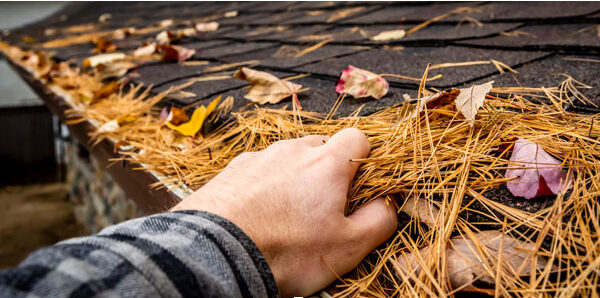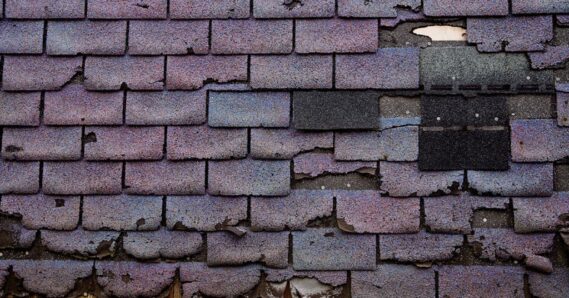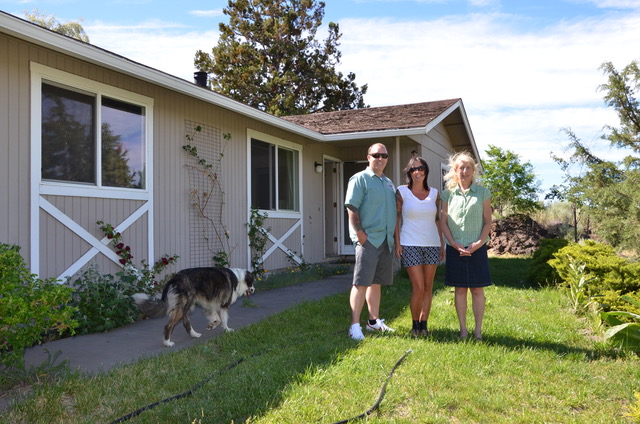Here is some useful information about inspecting your roof in the Spring. After a long cold winter it is a good idea to inspect your roof. You roof is an investment in your home and its condition is vital!

Hail Damage Inspection Marking
1. Schedule an Inspection. Northwest Quality Roofing will perform a roof inspection to give you the piece of mind that all is OK or determine if there are roof problems that can be corrected. Your roof protects your home so its worth the time to have it inspected for any damage.
2. Mold or Algea. Since moisture can collect on your roof throughout the winter, it is pretty common to find some mold or algae growth. While you are inspecting your shingles, be on the lookout for these issues. There are DIY treatment options for mold removal on your roof, but talk to us at Northwest Quality Roofing before you start pouring any chemicals or taking any severe action.
3. Shingle Inspection. Check for any shingles that are missing, curling, or worn down. If you aren’t comfortable getting up on your roof, you can do a partial visual inspection from the ground or contact us for an inspection. Also look for loose nails or shingles with cracks . If you notice large areas of damaged shingles, it may be time for a roof repair or replacement this spring.
4. Clean your Gutters. During the winter months your gutters and downspouts can accumulate leaves, dirt and pine needles. Keeping you gutters clean will allow rainwater to flow off your roof and drain down away from your foundation. If you experienced any ice dams during the winter you will also want to inspect the gutters for any damage.









